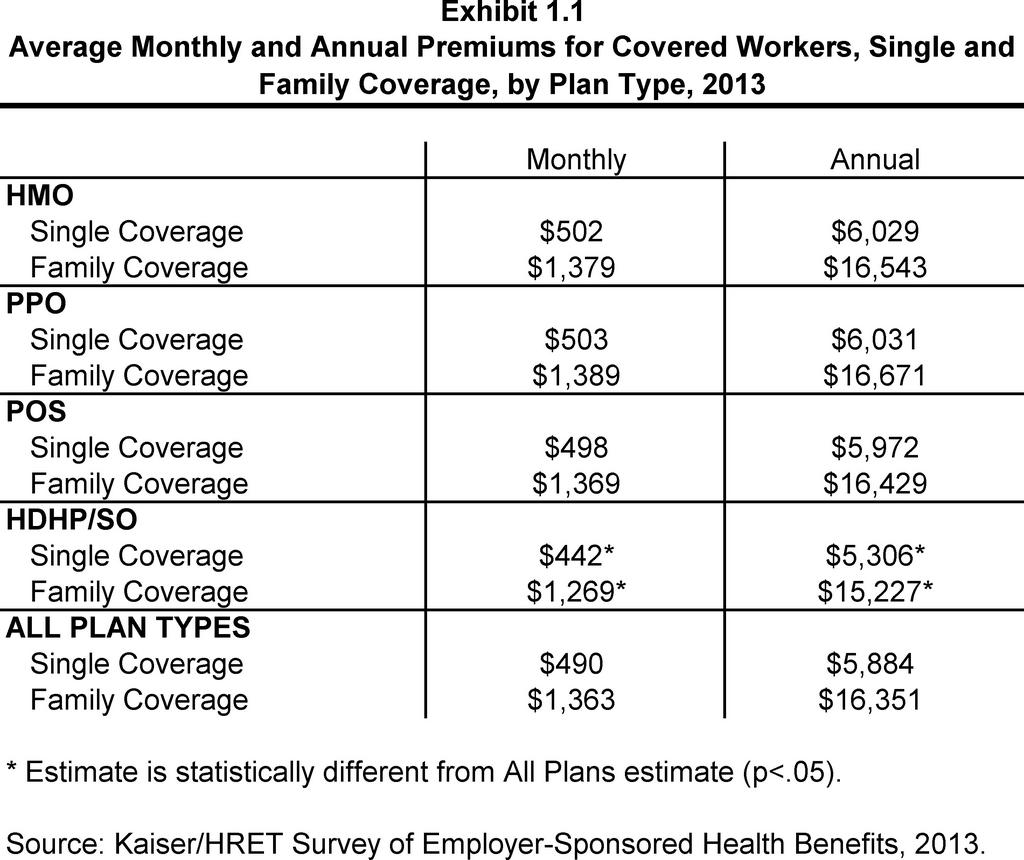
You have many options when it comes to offering health insurance for your employees. There are many options available, including basic insurance, life insurance and HRAs (health-reimbursement arrangements). It is very expensive to get health insurance for employees. Make sure you weigh the benefits and costs before making a decision. You will then be able to choose the best plan that suits your needs and finances. For more information on health insurance for employees, please read the following.
Employees are eligible for health insurance
Group insurance includes employee health insurance. Employers can purchase this insurance for their employees. These plans offer affordable coverage to employees and their families. Because there are many participants, the costs of employee-based health insurance plans can be lower. They also offer additional benefits to the employees' immediate family members.
Employers need to consider the benefits they wish to offer their employees when selecting a plan for employee health insurance. You might want to concentrate on critical illness coverage, mental health benefits, and accident insurance. Many plans have restrictions that limit employees' ability to use their benefits fully.

Employees may have life insurance
Government employees and students are eligible to receive basic life insurance and AD&D coverage up to $50,000. To sign up, employees must fill out an enrollment form. The enrollment form allows employees to name beneficiaries and make changes. Employees may also choose to purchase basic life insurance for a spouse and dependent children for an additional $0.63 per month.
A great complement to an employee benefit package is life insurance. These policies let employees tailor their coverage to their individual needs and are often updated to accommodate changing needs. They can also be paid for through payroll deduction.
Health reimbursement arrangements (HRAs)
For employee health coverage, health reimbursement arrangements (HRAs), must meet the requirements of group plans. HRAs should not place annual dollar limits on EHBs. They must also cover preventive services, without cost-sharing. These requirements cannot be fulfilled by HRAs, which must be integrated into group health plans.
HRAs don't necessarily offer the best solution for all employers. However, they do provide some benefits that can help reduce healthcare costs. HRAs were made more flexible recently by the ability for employers to offer HRAs that are not covered under group health plans as an exception. These HRAs can cover copays, deductibles, and other expenses not covered by the primary plan.

Employer health insurance costs
Provide health insurance for your employees is an excellent way to keep them happy and healthy. Additionally, your company can save taxes. The cost of offering health insurance depends on the type of coverage and the number of employees. Because smaller businesses do not have the purchasing power to purchase as much insurance, they tend to be more expensive for their employees' coverage. The same policy can cost small businesses anywhere from 8 to 18% more than large corporations. Additionally, costs for providing health coverage may vary depending on which industry the business is in as well as previous claims made by employees.
It is becoming a more popular way to recruit talented employees. Both small and large businesses are concerned about the high cost of insurance. Not only are there premium costs but also copays,deductibles and prescription drugs. As a result, many small and midsized businesses are now incorporating telemedicine and retail health care services into their plans.